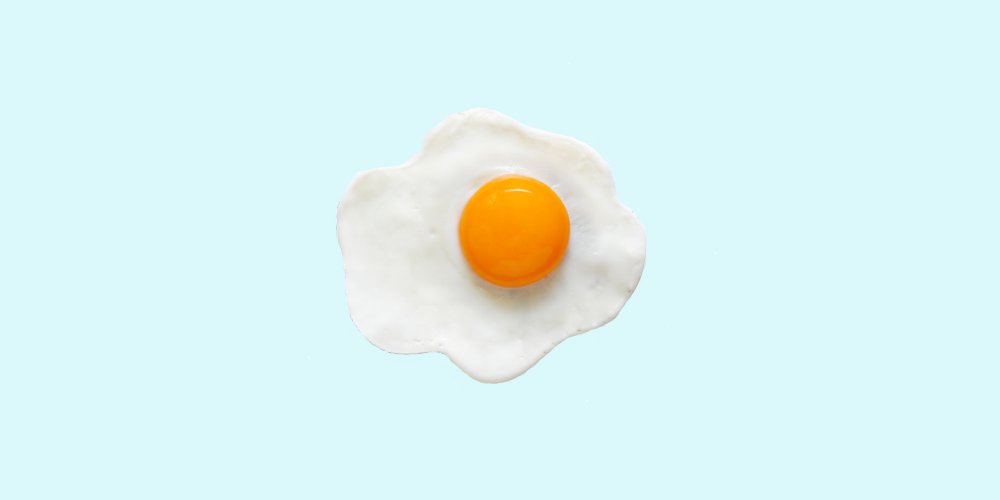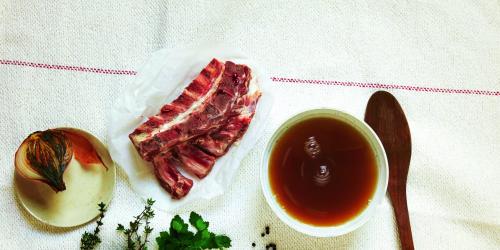The egg has not always had a good reputation and yet it is full of amino acids essential to the functioning of our body. In contrast, as for all, it should not be abused at the risk of developing inflammatory diseases. Even if the shell does not make the egg, its quality makes its virtues.
It's full of good proteins
True.
Rich in essential amino acids , its proteins (about 13% of its content) form almost the "ideal" protein. The most present, ovalbumin (which allows to mount whites in snow), "has long been considered the protein of reference, " says the dietitian Angélique Houlbert *.
It is well assimilated with a digestibility after almost complete cooking: close to 99%, better than that of the meat. And once broken down by the digestive enzymes, it gives bioactive compounds that stimulate the immune system.
* Author of the Best Way to Eat (Edited by Thierry Souccar).
It's a great appetite suppressant
True.
Its composition and texture induce a feeling of satiety of long duration (several hours) while delivering only 100 kcal. According to the work of scientists from the National Institute of Agricultural Research (INRA), an omelette at breakfast satiates more than bread or cornflakes.
"The star of the appetite suppressants of protein origin is certainly the egg white, assures Dr. Frédéric Saldmann *, nutritionist.Taken before an aperitif, it avoids to throw on the chips and peanuts of which only one handle is a a real caloric deluge. "
* Author of the best medicine, it's you ! (Albin Michel ed.)
It's bad for cholesterol
False .
" Its lipids are made up of two-thirds of unsaturated fatty acids , which are beneficial for health, and their cholesterol (certainly in a significant amount of up to 180 mg) has little effect on our blood cholesterol level, which is mainly produced by the liver. .
Nutritionists at Yale University even recommend whole eggs to patients with coronary artery disease. Their research, released in Boston last April during the experimental biology conference, shows that a daily consumption of two eggs improves arterial blood pressure and elasticity, thus reducing the risk of heart attacks and strokes. .
All eggs are equal
False .
Their quality is very variable and largely depends on the breeding conditions. The fatty acid composition of the yolk, in particular, is a reflection of the feeding of hens. A battery fowl, fed on corn and soya, lays omega 6-rich yolks, a fatty acid already overrepresented in many common foods (meat, sunflower oil, industrial dishes ...) and whose excess is a source inflammatory diseases.
An organic farm chicken, it will give more balanced yellows: a quarter less saturated fatty acids than battery eggs, three times more vitamin E , seven times more carotene and twice as much omega 3 . Blue-Blanc-Coeur labeled eggs, from layers that have pecked rapeseed or flaxseed , are still packed with omega 3, a nutrient that plays a crucial role in the health of the cardiovascular system and the retina. ", says Bernard Schmitt, director of the Center for Education and Research in Human Nutrition (CERN) Lorient.
Good to know: the codes on the shells allow to know the origin. If the first digit is a 3, the egg comes from a cage farm (18 hens / m2), if it is a 2, it derives from an intensive breeding above ground (9 hens / m2), and if it is a 1, the chicken has access to the open air. The 0, it is a little Rolls® of the egg: an organic breeding in the open air.
It's good for neurons
True.
The egg is the richest food in choline (125mg in a single yolk), a vitamin B-related compound that is essential for brain formation and maintenance of cognitive function. Its deficit, observed in people with Alzheimer's disease, causes irreversible memory loss. Proteins specific for white trigger the release of a neurotransmitter (orexin) that stimulates neurons involved in energy balance and wakefulness. According to experiments conducted on mice at the University of Cambridge, animals fed with egg white would be more dynamic and alert than others. As a result, they would burn 20% more calories and thus be less prone to obesity.
There is no need to overheat
True .
If cooking destroys salmonella, pathogenic bacteria that contaminate one egg in thirty thousand, on the other hand, do not force on cooking at the risk of altering proteins and many vitamins. The ideal is to taste it in omelette slobbered, poached, calf or boiled. No need to overheat the egg, it coagulates at 70-80 ° C!
A trick of low cooking: enclose the egg in a plastic food pouch and put it in the dishwasher (classic washing program). The white will be hard and the yellow still a little creamy but not sandy.
Good to know: An omelette at breakfast satiates more than bread or corn fakes.
If his shell is white, he is better
False .
According to its genetic origin, each laying hen always produces the same hue (white, beige or dark brown). The old French breeds make shells devoid of pigments. The races from Asia make yellow to brown eggs.
The majority of eggs present in our supermarkets are beige-rosé because of a cross between European hens and Asian hens. But no matter: the color of the shell does not affect their nutritional or taste properties.
It keeps for a long time
True .
But only if it is kept cool and protected from moisture. An egg is considered "extra-fresh" until nine days after laying and "fresh" until twenty-eight days.
However, it is better to consume it as quickly as possible, especially if you use it raw (for a chocolate mousse for example). In case of doubt, it is immersed in a glass of water. If it flows, it is cool.
And if it floats, it is no longer because the air pocket contained in an egg grows over time.



